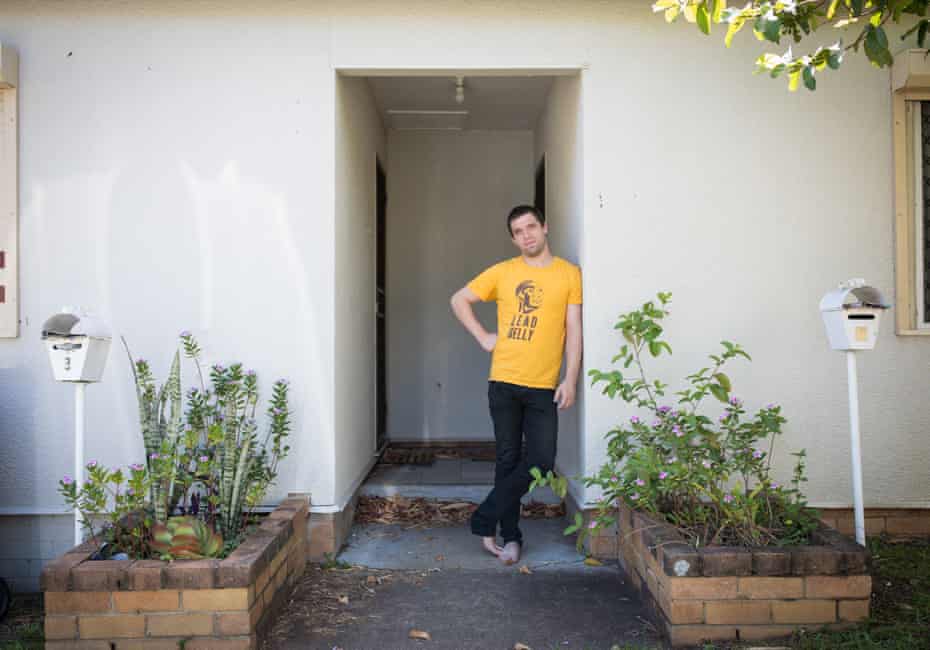Extract from The Guardian
In December 2016, Channel nine’s A Current Affair ran a quintessentially A Current Affair story about a welfare crackdown.
After the throw from Tracy Grimshaw, Alan Tudge, then human services minister, appeared on screen with a startling message: “We’ll find you, we’ll track you down and you will have to repay those debts and you may end up in prison.”
This was the government pushback to what was becoming known as the “robodebt” scandal, a mammoth Centrelink debt recovery system established by the Coalition government a year earlier.

“Whereas we used to have a manual process of checking people’s income records on Centrelink with those on the taxation office’s database, now we have an automated system, so we can do that very quickly, very rapidly and be able to capture more people,” Tudge said.
Putting it very crudely, the calculations that the government used to assert hundreds of thousands of welfare debts were wrong. It later settled a class action for $1.8bn, which included the owed interest on the debts unlawfully issued to 443,000 people, some of whom were the most vulnerable in the country.
This included people experiencing mental health challenges, some who were homeless or had disabilities. Many were poor, some desperately so. There were at least three reported suicides among those caught up in the scheme, and a broader mental health toll: the stress, depression and anxiety from those who suddenly owed the government thousands of dollars, who were hounded by private debt collectors, or had had their tax returns garnisheed without warning.
For some people on the lowest incomes, such a financial hit changed the course of their lives.
The origins of robodebt started before Tudge, in 2015. As a Senate inquiry report released on Friday afternoon said that the “income compliance program”, as it was officially known, was established as an expense measure in the 2015-16 budget and announced by then social services minister, Scott Morrison.
The Labor-Greens majority inquiry report called for a royal commission into what the federal court described as “shameful” and a “massive failure of public administration”.
Was it pushed by executives at the then Department of Human Services, which runs Centrelink and ran the crackdown, or by the Department of Social Services, which runs social security policy?
Did it come from bureaucrats or were they responding to requests from government ministers who wanted to bolster the budget bottom line? And what was the internal response when appeals tribunals, and then esteemed legal minds started questioning its legality?
These are basic questions that we should be able to answer after what is believed to be largest settlement between the Australian government and its citizens in history. Yet two years after the courts stepped in, the public is none the wiser. No ministers lost their jobs.
Only last month, in response to a call from Labor for a royal commission, Morrison said the problem had been “addressed”. “There have been numerous inquiries into this and there’s been court matters which we’ve fully cooperated in, and almost $750m in response to that,” he said.
His claim there’s no need for a royal commission ignores the fact his government has blocked the inquiries he refers to at every turn.
The Senate inquiry said the government refused to provide key documents, such as briefings it received during the scheme’s operation and any legal advice.
One of the documents highlighted by the inquiry report is a February 2015 executive minute to the then social services minister, Morrison, which proposed a “new online approach to compliance”. All those documents remain secret, classified as legally privileged or cabinet-in-confidence, with the government saying it is against the public interest to release them.
Many will focus on the role of the prime minister in the robodebt scandal. He appears to have been involved near the start, banked (and spruiked) the revenue from further expansions as treasurer (savings that never eventuated of course), and as prime minister oversaw a strategy that stonewalled until the courts said otherwise. And in settling the class action, the government accepted no wrongdoing.

The government oversees big programs – the NDIS, employment services and the welfare payments system – that are relied on by some of the most vulnerable people in the country.
Morrison argued that now the money has been paid back and the program stopped, the matter is “addressed”.
But without an understanding of how it occurred, what’s to stop something similar happening again?

No comments:
Post a Comment